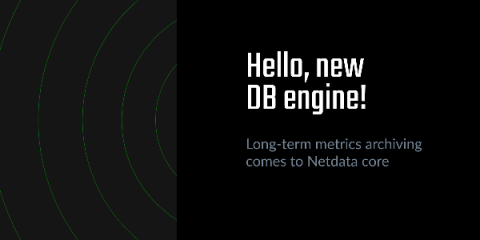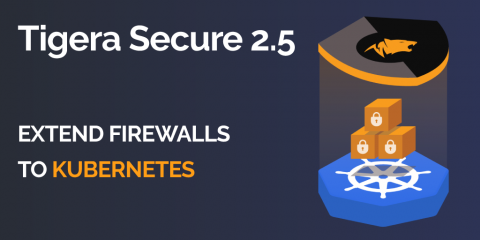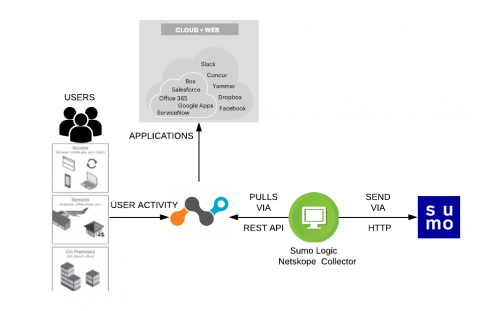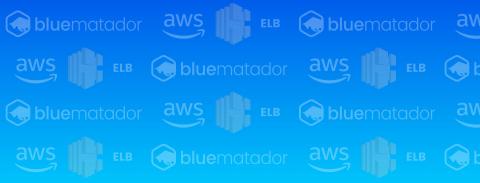10 Ways to Simplify Cloud Monitoring
Is monitoring in the cloud special enough to warrant a list of tips and best practices? We think so. On the one hand, monitoring in the cloud might seem easy since there is a large number of solutions to choose from. On the other hand, though, the dynamic and distributed nature of the cloud can make the process much more challenging. In this article, we’ll cover ten tips and best practices that will help you ace your cloud monitoring game.











